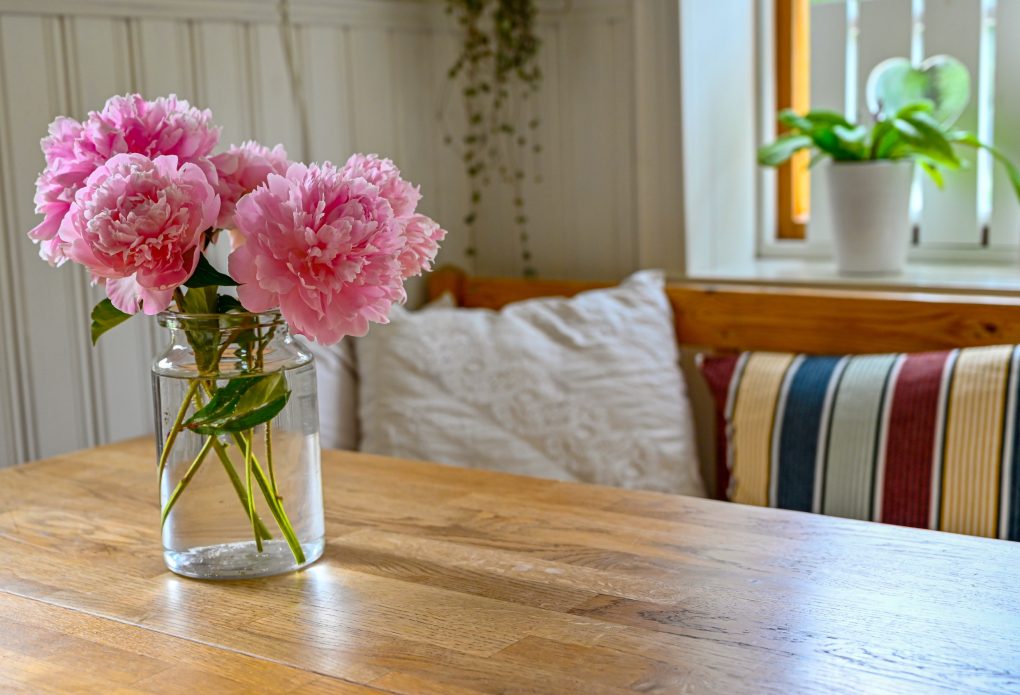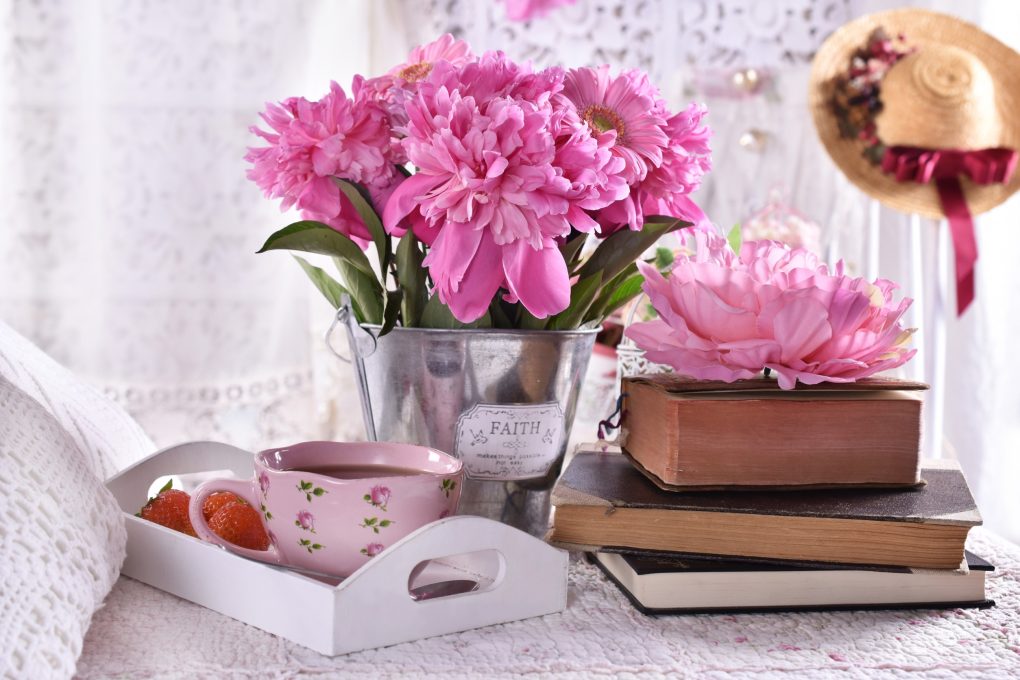Growing Peonies Indoors: The Ultimate Guide
Peonies are some of the most beautiful flowers you can grow in your home. They bloom in late spring, early summer, and fall, making them versatile bloomers that can be grown year-round. Growing peony flowers indoors is ideal for those who desire blooms but prefer to have foliage plants as well. Peonies can be grown indoors and out, but growing them in pots will allow you to enjoy their beauty more often than growing them outside of the season. This blog will talk about peony care and indoor growing tips to help you get the most out of these flowers.
Table of Contents
Tips for Growing Peonies and Keeping Healthy Indoors
Choose a Good Pot

When growing peonies in pots, it’s essential to choose a large enough pot for the root system but not so large that it becomes difficult to water and care for. Look for a pot made of treated wood or plastic that will resist moisture and pests. You can plant peonies with soil mix or compost if the container has good drainage. Gardeners should also remember that these plants do not like being transferred and should begin their lives in large containers. As a result, a 5-gallon (18.9 L) pot is perfect for peonies. The container’s bottom must also have multiple drain holes.
Choose Peony Varieties that Fit Into Your Pot
When growing peonies in pots, choosing varieties appropriate for your climate and pot is essential.
- Zhao’s Pink- Some peonies, such as “Zhao Fen” (Paeonia suffruticosa “Zhao Fen” or “Zhao’s Pink”), can grow to be 3 to 6 feet (0.9 to 1.8 m) tall and 2 to 4 feet wide (0.6 to 1.2 m).
- Cinnabar Red- It reaches a height and breadth of 2 to 2 12 feet, and fern leaf peony (Paeonia tenuifolia), which reaches only 1 to 2 feet (0.3 to 0.6 m) tall and 9 to 16 inches (22.9 to 40.6 cm) broad, are two smaller, more appropriate alternatives.
When growing peonies in pots, choosing a time of year when the plants are in bloom is essential. The peak of the day is best if possible, as this will allow you to see the flowers at their best. There are also wide varieties that bloom throughout summer and fall.
Fertilize Peonies Regularly
To maximize growth, fertilize peony plants regularly with a balanced fertilizer or compost mix. You can also use organic matter such as manure or compost to enrich the soil if desired. Just make sure that the soil is.
Provide Good Soil Moisture and Fertilization
Peonies need good soil moisture, so be sure to water them regularly. You can also fertilize them with compost or fertilizer mix every month during the growing season. Make sure to read the label of your plant food before using it around peonies, as some formulations may contain chemicals that could harm or kill these plants.
Protect Peonies from Frosts
Make sure to protect peonies by covering them with a layer of mulch or planting them in a location that is protected from weather extremes since frost damage is one of the most common reasons for blooming delays or blooms blight.
Keep Soil Moist
Make sure to keep the soil moisture level high by watering regularly during dry periods, and fertilize once a month with a fertilizer that contains iron. Dead leaves on your plant indicate an over-watering problem, so check water levels frequently.
Provide Adequate Indirect Sunlight
Peonies thrive in indirect sunlight, so plant them in a location that receives plenty of morning and afternoon sun. Compromise the bloom if you grow peonies too close to a window or bright light source. Place it in front of a south or west-facing window, where it will get a lot of direct light.

Prune Up Your Peonies
Prune peonies regularly in late winter/early spring to maintain their shape and encourage new blossoms. After flowering, prune off dead flowers, foliage, and branches to keep your peony shrub looking tidy. Afterward, move the plant to a chilly, dark location and trim the stems. When the leaves turn yellow and die, use hand pruners to cut the stems down to the ground.
Take Care of the Plant’s Roots
Make sure to water the peony’s roots regularly and avoid planting them in areas heavy with clay. Keep peonies’ roots well mulched to help prevent moisture loss and encourage good drainage. Before new growth starts in the late winter/early spring, mulch them with compost or bark chips.
How to Water Peonies Indoors
Watering peonies indoors isn’t as complicated as some people make it out to be. It’s best to water peonies using a soaker hose or a mist system, but if those methods aren’t practical, watering peonies with a drip system or planting them in a plant saver is another good option. When watering peonies with a soaker hose, fill the pot with water until it is submerged. Then, let the droplets fall onto the foliage of the peony until it is thoroughly wet. When using a mist system, turn on the faucet and allow the mist to fall gently onto the foliage of the peony for about 10 minutes each day. When watering peonies with a drip system, use a spray nozzle to distribute water evenly through the pot without overfilling it. Water peonies with fertilizer once per month using a balanced fertilizer, such as 10-10-10. Watering peonies indoors isn’t difficult, but it requires attention and care to ensure they receive enough water and sunshine to bloom properly.
Protect Your Peonies From Pests and Diseases

Protected by their foliage, peonies are generally pest free. However, aphids can be a problem if left unchecked. To prevent them from blooming too late in the season or otherwise causing damage to your plants, use an organic pesticide such as ladybugs or horticultural oils. Diseases of peonies often result from poor drainage and fertilizer deficiencies, so make sure to add compost or other organic matter to the planting mix if you want healthy plants that bloom well.
One of the biggest problems with growing peonies indoors is that they are vulnerable to pests and diseases. To protect your peonies from these pests and diseases, it’s important to follow a few simple rules. First, keep any flowers or foliage away from food sources so that animals won’t try to eat them. Secondly, clean up spills immediately so that pest larvae can’t build up in high concentrations. And finally, use mulch around your plants to help conserve moisture and reduce fertilizer needs in the long run. If you follow these simple rules, peonies will be delicate when grown indoors.
